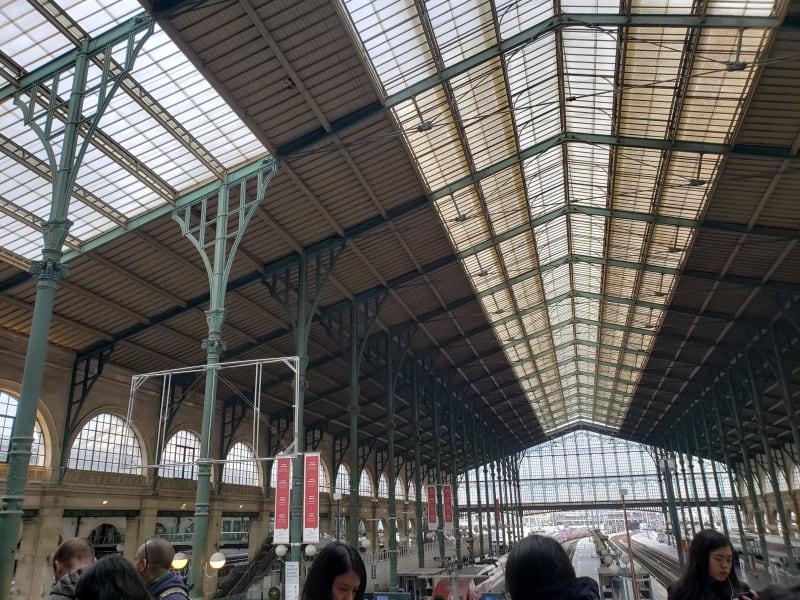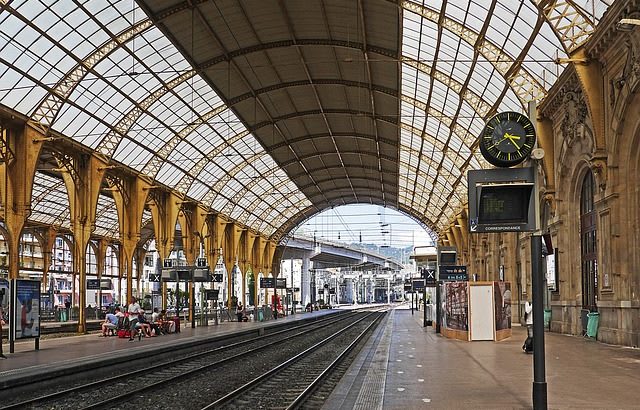nivoo_boss
Structural
Hey everyone!
This is sort of a different thread, since I'm not asking advice on any particular problem but would just like to hear some general opinions.
It's about steel roof trusses that develop compression in the bottom chord due to uplift from wind. The out-of-plane buckling length is pretty much the same as the span.
The thing is, I cannot really imagine how a truss would fail to this. Let's say the bottom chord buckles out-of-plane due to extreme wind for a second - what then? The wind is probably not constant, the chord would buckle for a second and fall back down and the chord would likely be fine.
Do you guys know of any real failures due to this same reason? How would you see a truss failing due to this?
This is sort of a different thread, since I'm not asking advice on any particular problem but would just like to hear some general opinions.
It's about steel roof trusses that develop compression in the bottom chord due to uplift from wind. The out-of-plane buckling length is pretty much the same as the span.
The thing is, I cannot really imagine how a truss would fail to this. Let's say the bottom chord buckles out-of-plane due to extreme wind for a second - what then? The wind is probably not constant, the chord would buckle for a second and fall back down and the chord would likely be fine.
Do you guys know of any real failures due to this same reason? How would you see a truss failing due to this?



